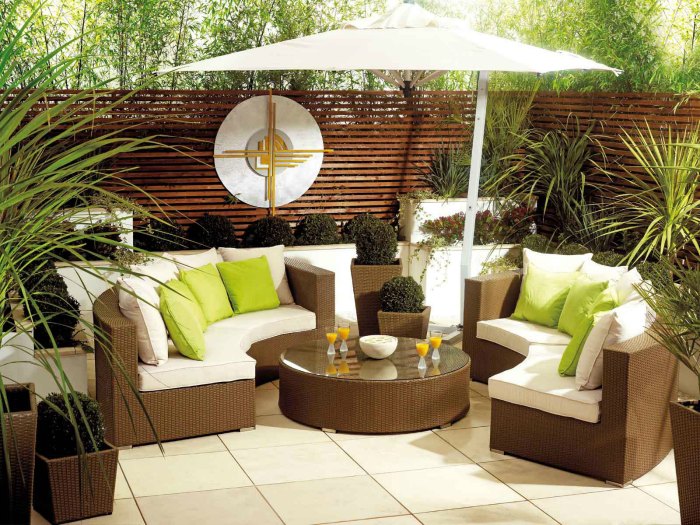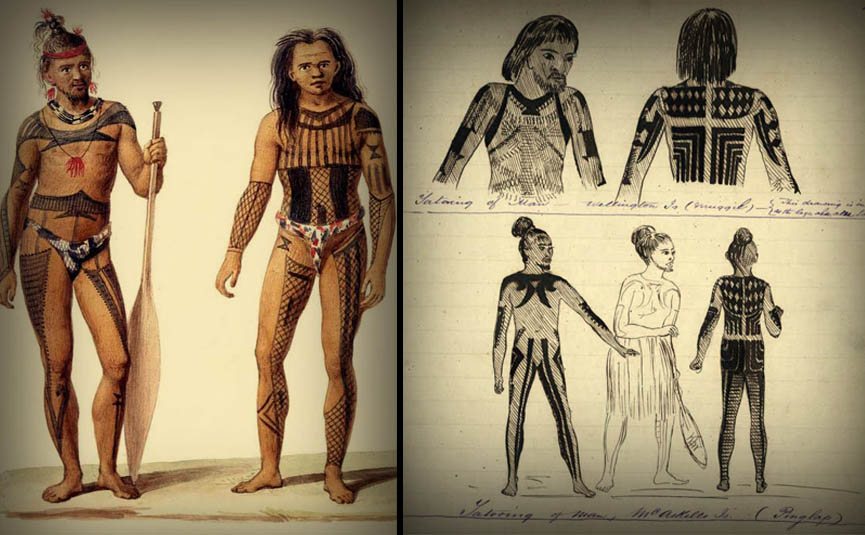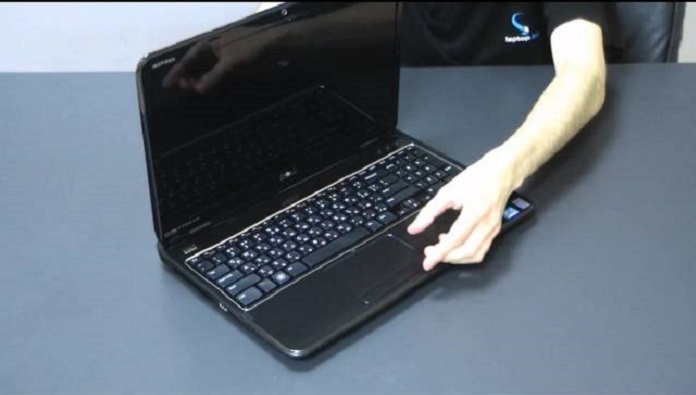With its rich history and tradition, incredible culture and customs, plus breathtaking views and natural beauty, it’s not surprising Japan never ceases to amaze people from around the globe. Also famous for the designs and manufacturing, the cars, electronics and robots aren’t the only impressive products from this country the world is crazy about – there are the popular knives every serious chef would love to try out and have in the kitchen.
How are Japanese Knives Different?
You may be thinking a knife is just a knife, and a Western knife could do the job of prepping meals same as any other without you having to spend too much time or money trying to find the ideal knife from this Asian country. But, the truth is there’s a reason why these knives stand out from the rest, including from Western knives like the German, and it’s all in the details like the blade, the shape, and the knife’s weight, plus the craftsmanship.
The durable Japanese chef knives are usually made from harder steel which sets them apart from the others. This property also makes their edges sharper for longer. This means you won’t have to worry too much about the chore of frequently keeping the knives razor sharp as they’re low in maintenance. Despite the material choice, the blades of these outstanding tools are still thinner and sharpened at an angle of about 15 degrees, differing from the Western which range in 18 to 28 degrees giving the blades a more symmetrical and curved shape.

Since Japanese blades are hammered until they are thin, they are also lighter than the French and German alternatives so it’s easier to handle them regardless of the food (e.g. fish or vegetables) you’re chopping and slicing. This makes for accurate and effortless cuts. Thanks to these properties, you’re able to prep the ingredients in very small and smooth cuts, which can make a huge difference in how your food tastes in the end.
Lastly, what’s so impressive about the efficient Japanese chef knives is the age-old manufacturing tradition passed down from generation to generation. The handcrafting techniques implemented today are the same as they were back when they were producing the timeless samurai swords centuries ago, so they’re not merely kitchen tools you’d use for meal prep, but are also a type of wealth you can keep as a family heirloom.
What are the Types of Japanese Knives?
Knowing the options is important in making the shopping process simpler for you, no matter if you’re a professional chef with your own commercial kitchen and restaurant, or just a foodie who loves to cook as much as eat. Same as with shopping for any other type of knife, you ought to know the basics, which are:
1. Gyuto
This is the multipurpose chef knife you need for all sorts of tasks in terms of food preparation, so if you need just the one tool that can do it all, then look no further. As an all-rounder, or rather your go-to choice, the premium double bevel gyuto knife is characterised by an all-purpose blade with 15.5 to 5mm of thickness, and lengths that range from 150mm to 360mm. As you might expect, it’s a tool fit for vegetable cuts, however it’s just as great for meats since it was basically created for disjointing and cutting larger beef cuts as its name translates to “a cow sword”.

2. Nakiri
Fit for chopping, slicing, and dicing vegetables and preparing salads, this Japanese chef knife for sale is known as the vegetable knife. Typical for the squared tip, it’s also got a thin and wide blade perfect for cutting through longer vegetables like cucumbers, celery stalks, and carrots. Don’t judge it for the looks because this tool is also just as capable of cutting through pumpkins. Its size typically ranges from 290mm to 320mm.
3. Petty
This is the paring knife, which is basically a smaller version of the gyuto and is also known for being an all-rounder in terms of utility. It’s designed to perform all sorts of delicate cuts, whether it’s peeling soft and hard fruits and vegetables, or doing some decorating tasks like carving. It’s even great for preparing herbs, lettuces, as well as meat for sandwiches. Typical for the scalloped edge for flexible cuts, it’s available as both serrated and straight, and small (75mm) and large (180mm) designs.
Additional Japanese chef knives you may want to invite in your kitchen are:
1. Santoku
This is also a multi-purpose knife that’s known for cutting a range of ingredients. The name, which means “knife of three virtues” indicates this, as it’s fit for cutting vegetables, meat and fish equally easy. As with most Japanese knives, it’s easy to handle, it’s got a balanced weight and as such offers a lighter hold, and features a sheepsfoot blade without a tip. Its size ranges from 165mm to 180mm, and is available as both single and double bevel design. You can further use it for herbs, as much as nuts, and cheeses too.

2. Yanagiba
With its long and thin blade, this knife is just what you need to prepare sushi, or even cut large pieces of steak. The typical size range is between 240mm and 360mm, and it’s thanks to this that many chefs love it for precise and large cuts. The blade resembles a willow leaf hence the name in Japanese. Speaking of blade, it’s known for the chisel ground shape and small angle.
3. Deba
If you’re looking for the Japanese knife fit for heavier tasks, this is it. Typical for the length ranging between 165mm and 210mm, and chisel ground blade, it can cut fish as much as chicken though not so much the bones as it’s prone to chipping.
4. Usuba
If you’re looking for an alternative to the nakiri with a chisel ground thin blade that features a Japanese handle, then you need this one in your kitchen tool arsenal. It can be both rectangular and semi-circular when it comes to the blade tip.















